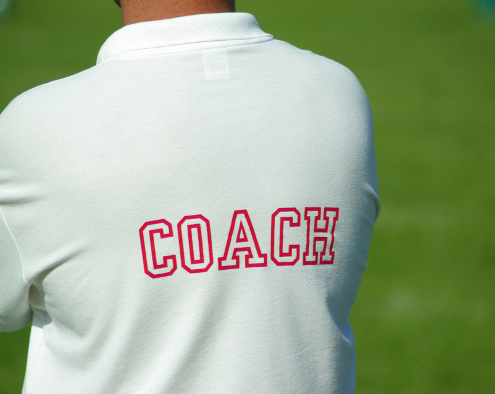THINK: Is Australia’s “Edge” really winning? Part 2
Continuing on…
Firstly I would like to thank all of those who engaged, sent emails and posted comments on the HP Facebook Page. I still have a lot of reading to do.
The first post that Martin Bingisser from HMMR Media and myself compiled can be read here.
Develop From The Ground Up
In the previous post I mentioned that the new policies have the effect of focusing funding on the sure things. Federations are given money based on their ability to produce medalists, which gives them an incentive to produce medalists right now or have their funding cut. In the short term, giving money to a proven medalist is the best investment to secure a future medalist. But in the long term, this will actually reduce the number of medals. I actually wouldn’t even call it an “investment” as in most cases it is just throwing money away. Eventually the athlete will retire and then all of the funds you spent on their rent, training camps, massage, medical care, etc. will be gone. If you are lucky, you get one medal to show for it.
“In the short term, giving money to a proven medalist is the best investment to secure a future medalist. But in the long term, this will actually reduce the number of medals.”
For long-term success you have to develop in the grass roots. You have to invest in coaching and a broad base of developing athletes from the ground up. A small investment in a coach has scalable effects as they impact several athletes, of which some will become coaches and affect even more athletes. As in many countries, Australia relies heavily on volunteer coaches. While volunteer coaches are essential to our sport, you cannot expect professional results by treating coaches like amateurs. You need to support the volunteer coaches, nurture them, develop them, and create a cadre of professional coaches. This is a long and slow approach, but I do not know of any examples where an investment in the grass roots has failed. And that is why I am using it as the model to resurrect throwing in Switzerland

“A small investment in a coach has scalable effects as they impact several athletes”
Talk to the Athletes and Coaches to Find the Solution
I guess if there is one positive, it is that Australia is not alone in its efforts. Many countries are adopting a similar approach, not because it is successful, but because everyone else is doing it now. But that doesn’t make it right. Australia needs to find its own solution. And to do that it needs to be in touch with the pulse of the sports. A complaint among athletes I have talked to is that the project leaders in Australia are simply out of touch. This is a claim I have also laid on the IAAF and is a major problem in athletics. In order to know what to do with a sports organisation, you have to be familiar with what is going on at all levels. How do you know what will help the athlete if you have never spoken to the athlete? How do you know what will create long-term success if you do not listen to the lessons learned from those who have done it already?

The current coaching accreditation framework is confusing to say the least. The genuinely interested parent who wants to begin a career coaching athletes has difficulty finding a starting point where the knowledge they acquire is of a high enough standard to coach athletes. However after a positive Annual General Meeting held recently where leadership staff at Athletics Australia and CEO Phil Jones attended an open forum with ATFCA board members and high level coaches. Vigorous discussion was held in relation to the way forward for coaching in Australia. Suggestions were proposed by several senior high level coaches with international experience hoping for an amalgamation of the coaching bodies in order to best service athletes and develop coaches.
The Way Forward

I cannot tell you the ideal solution for Australia. Whatever it is, it needs to consider accountability, grass roots development, and getting feedback from those involved. But how those elements are combined should be distinctly Australian. What I can tell you is that if you follow the crowd, you will not stand out. Make your own way and you can end up well ahead of your competitors. Since other countries are struggling with the same issue currently Australia has the opportunity to jump ahead of their competitors if they can develop a smart plan of their own.
What did you think of this post? Do you agree or disagree?
What do you think is the best solution for Australian sport?












